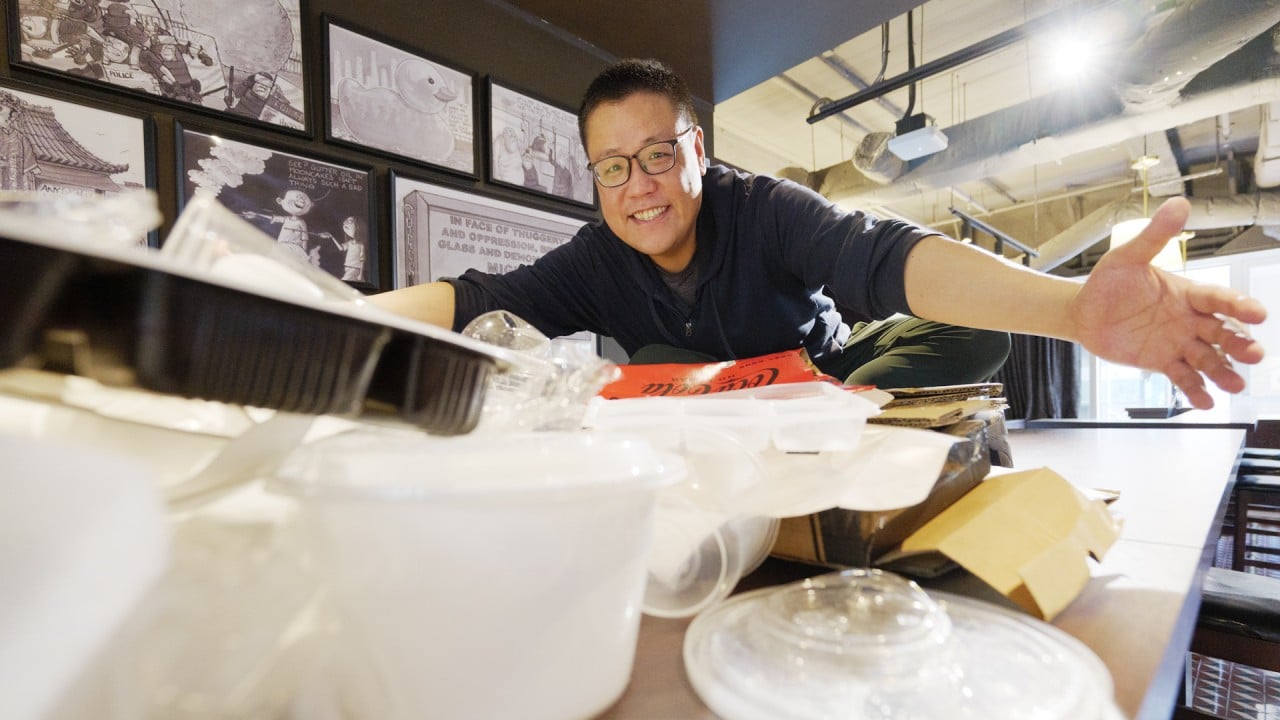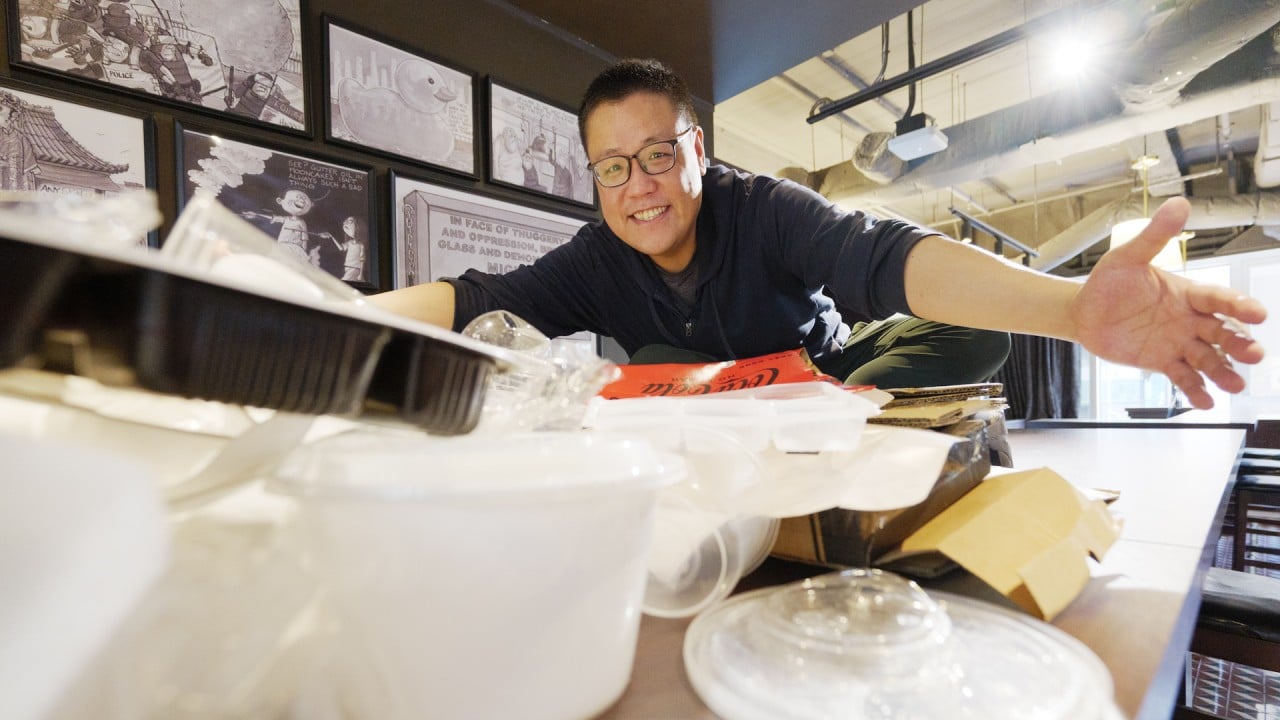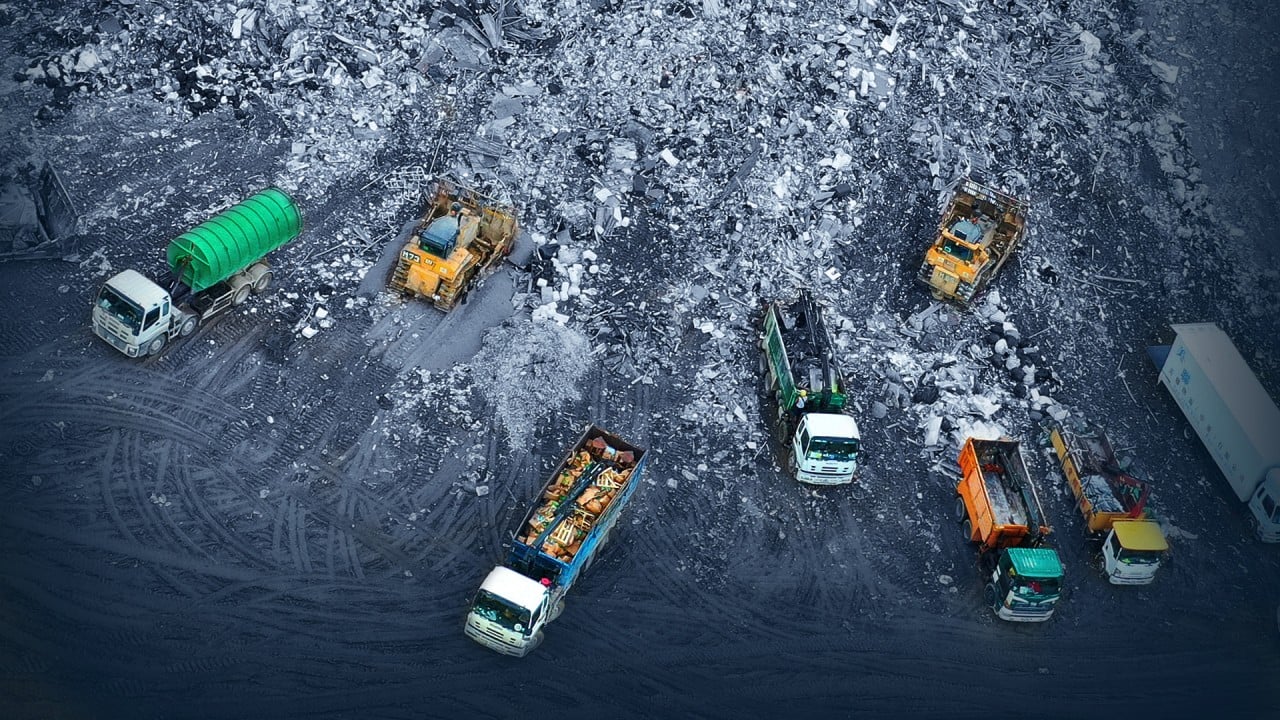In 1997, Hong Kong’s last operating public incinerator at Kwai Chung was shut down. The incinerator had reached the end of its useful life. The goal of Hong Kong’s waste reduction plan then became finding alternative means of municipal solid waste disposal. It has taken decades to come up with the I·PARK1 incinerator, which is due to open in Shek Kwu Chau in 2025.
There are probably a number of reasons behind the government’s procrastination, ranging from Nimbyism to concerns over costs – although the result of putting off the decision has been costly, with the cost of I.PARK1 ballooning to HK$31.3 billion (US$4 billion).
The good news is that, although it is a little behind other modern cities, Hong Kong has finally realised that burying solid waste in the ground is not the panacea for waste disposal. That said, a few points must be addressed before we start applauding the government’s actions.
An incinerator is not a waste disposer. Incineration serves to reduce mass and volume. There is still the problem of the non-combustible waste residue, which is almost 10 per cent of the original volume. This is where a landfill is useful – to bury the output from the incineration process, inert bottom ash.
If we had built an incinerator 10 years ago, Hong Kong might have extended the lives of our three strategic landfill sites by at least 10 years. In other places, bottom ash is used as filler for construction materials. In Singapore, which has at least four incinerators, it may soon be used for marine reclamation.
The waste processing capacity of I·PARK1 is 3,000 tonnes of waste per day. When I·PARK 2 comes on line, Hong Kong’s capacity could increase to 9,000 tonnes per day. According to the Environmental Protection Department’s data on waste, we produce 15,725 tonnes per day, so we are still short of dealing with all of Hong Kong’s solid municipal waste.
But if we reduce our waste by 40-45 per cent through more recycling and reuse, a goal laid out in Waste Blueprint of Hong Kong 2035, we may get to our desired target of “zero waste”. It is a fine line to tread to get the capacity of the incinerators just right.
Taipei, which has been lauded as a success story on waste management, has three waste incinerators designed to process around 3,900 tonnes of waste per day. Due to waste recovery measures deployed – which included waste sorting, waste charging and public education – Taipei became a victim of its own success and there is now a deficit of solid waste to burn, resulting in the “powering off” of one of its three incinerators every month.
Tokyo has 19 waste incinerators located in the central part of the city. Tokyo’s authorities faced less opposition as a result of integrating the incinerators with public facilities like swimming pools and greenhouses, where heated water from the incinerators could be used.
Much of the success of Tokyo’s incineration story is due to the diligent waste sorting carried out by its residents, who are not only required to recycle but separate burnable from non-burnable waste, among other categories. Only waste suitable for burning is taken to the incinerators. This has been Tokyo’s practice, which seems to work.

Singapore uses energy from incineration to power up to 3 per cent of its electricity needs. Although this may not seem like much, it is a handy contribution to Singapore’s fuel mix, which is based on costly imported liquified natural gas.
In 2019, reportedly more than 40 per cent of the solid waste generated in Singapore was incinerated. This has had unintended consequences. Singapore’s minister for sustainability and the environment reportedly said the country is not “in a hurry” to ban plastic bags because it burns the waste to produce energy.
In Hong Kong’s case, it is better late than never. I·PARK1 is expected to be operational by 2025, which will give much needed relief to our overburdened landfills. The pollution controls that served Kwai Chung and earlier incinerators have thankfully improved. We can rest assured that the technology selected will be safe, although we have to accept that hardened Nimbyists will still find reason for dissent.
More importantly, we should take notes from the experiences of other cities. It will be difficult to get the quantities of waste to exactly match I·PARK1 and I·PARK2’s processing capacity but, as a minimum, the supporting infrastructure should be in place, namely the sorting facilities and transport logistics to get burnable waste to Shek Kwu Chau and Tuen Mun.
Getting the hardware together is actually quite straightforward. The larger challenge is to convince the public to sort waste properly for combustion. There is still a lack of recycling bins in the streets, not just to sort waste for incineration but for recycling and reuse.
Cities with successful waste programmes tend to have waste ecosystems that work across different value chains at the point of collection, sorting, transport and reuse. Many refer to this as a circular economy.
Ultimately, we can make our own personal choices. Waste reduction often starts with saying “no” in the first place to things we don’t need.
Dr Thomas Tang, CEO and founder of PJ Sustainability Consulting Limited, is an entrepreneur, a passionate writer on sustainability and an advocate for a better world




